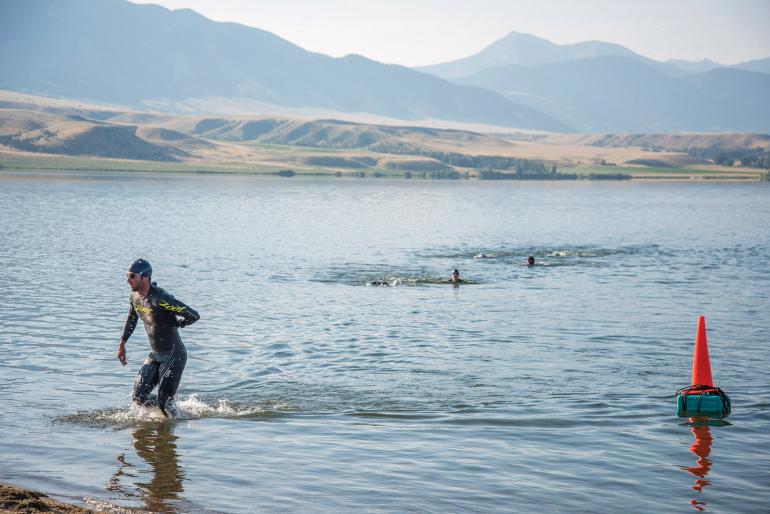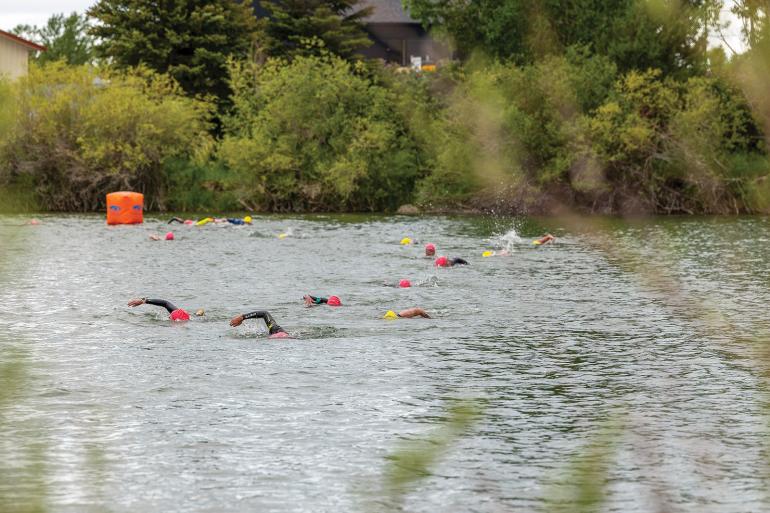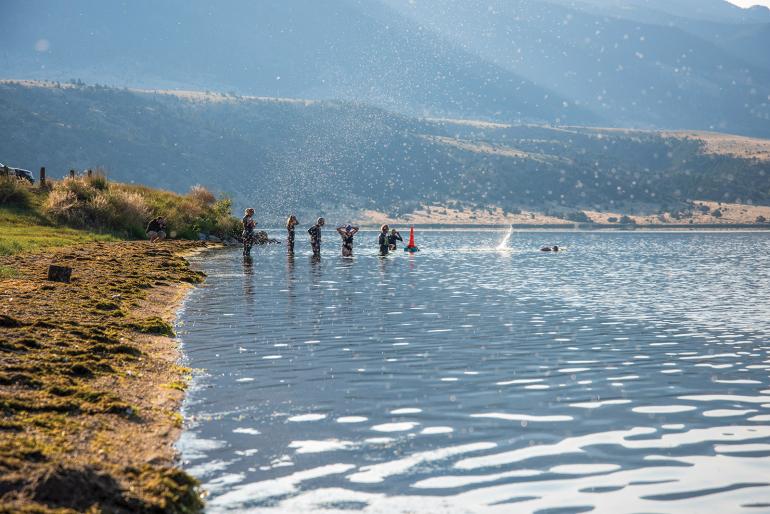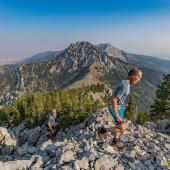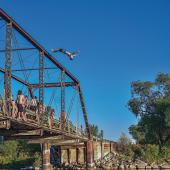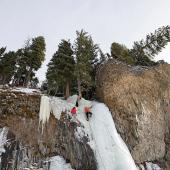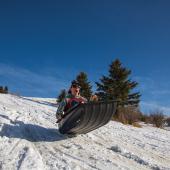Water Warriors
Rallying Bozeman’s outdoor-swimming community.
If you’re a swimmer in Bozeman, summer is the season for getting creative with training. This year—for the fourth time recently—the only indoor, public swim facility in town will be shut down for yet another round of upgrades and renovations. It’s a hard hit to the swimmers in town, who have all been crowded into the Bozeman Swim Center since the MSU pool had a roof collapse in February, 2019.
The Bozeman Barracudas youth swim team in particular feels the pinch. It’s hard to train a team of 150 athletes, ages 5 to 18, when there’s no facility to train in. Yet still, the team has found ways to navigate the adversity, training outside or occasionally using a private pool at the Riverside Country Club. Incredibly, head coach Hans Dersch is sending six athletes from the team onto the collegiate level this fall, commending the kids who have kept at it despite all the obstacles.
When the pools in town close, we don’t stop swimming. We persevere, we go outside, and we're resilient.
The Barracudas aren’t the only ones remaining positive. Local triathletes Dylan Gillespie, a nationally-ranked triathlete, also depends on the Bozeman Swim Center. “The fact that it’s closing for the fourth year in a row continues to present challenges,” remarks Gillespie. “Being a professional athlete, I have to get creative in my training to stay competitive against the best athletes in the world, who might have access to three or six pools in their local areas.”
To maintain community in the absence of a rec center, Gillespie and fellow triathlete John Kaiser host “Buoy Nights” each Thursday in Hyalite Reservoir from July through September. With sponsor giveaways, post-event barbecues, and lots of frigid smiles, the events are a hit and a great opportunity for staying fit with open-water training.
Among the unique community of southwest Montana swimmers, the people who show up are the warriors rallying the troops. When the pools in town close, they don’t stop swimming. They persevere, they go outside, and they’re resilient. That might mean a shorter pool, more laps, and a more crowded space; but it also can mean swimming outside, under starlight or a full moon. It means being up with the birds and cherishing their songs between sets, rather than stereo music. Swimming outside means catching the occasional early hot-air balloon overhead in the stillness, breathing in deeply to the June lilacs. It means the feel of cool mountain raindrops on bare skin. It means being awake before the traffic and business of the day unfold along the streets. And it certainly means climbing from a warm slumber into the coolness of morning air, taking off layers, and dipping into the steaming water for warmth.
This is where the magic happens. It’s looking up at the open sky in a serene mountain lake. Holding your breath so no bubbles escape and you can see and feel the stillness, the softness. A few moments of relaxation before heading off to the rest of the day. There is a sacredness to it, one that will persist—indoor swim centers or not.

